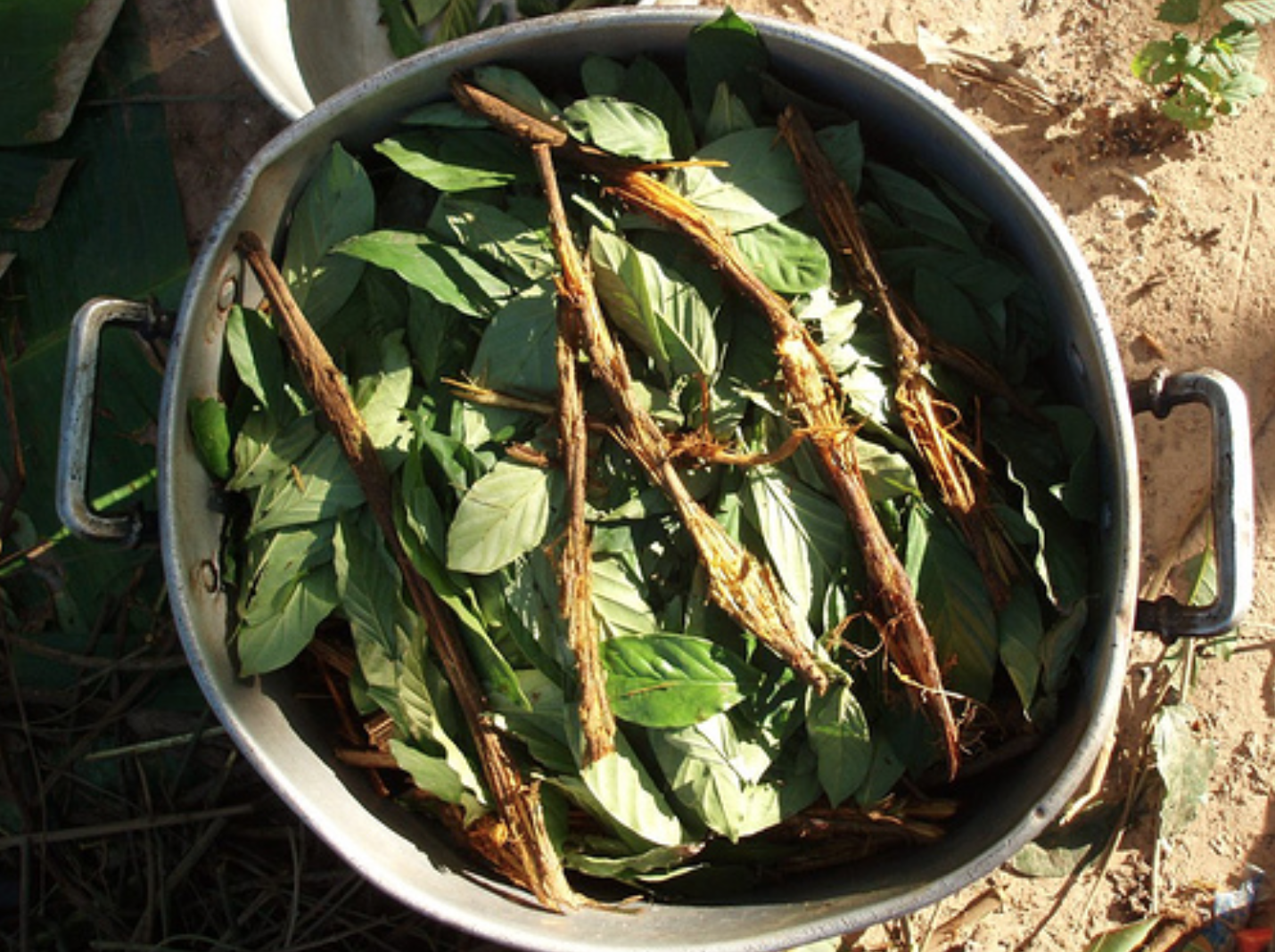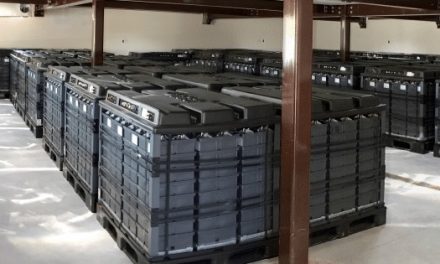Recent studies show that this Amazonian healing elixir has the power to alleviate feelings of depression in just a few hours, with lasting positive changes.
After centuries of being labeled as primitive, traditional medicines are slowly making a comeback, especially in academia. The more research that’s conducted on traditional remedies, the more scientists must bow to the wisdom of our ancestors, as well as contemporary indigenous healers who are carrying these traditions forward. One of the most powerful traditional remedies is ayahuasca.
Ayahuasca is a psychoactive healing elixir from the Amazon rainforest, a bitter tea consumed during healing ceremonies by native peoples of Peru, Brazil, Columbia and Ecuador. Ayahuasca is the only combinatory vision-inducing agent in the world. Like a tea, ayahuasca is made by brewing a combination of bark from the Banisteriopsis caapi vine (aka “the vine of the soul”) and leaves from Psychotria viridus (aka chakruna).
Shamans describe it as a sacred plant medicine that “opens a portal to the spirit world.” Portal or not, the healing properties of ayahuasca are undeniable. There are thousands of anecdotal reports of people having been healed from physical and mental disorders by taking ayahuasca—including some for whom death seemed near. The cases of post-ayahuasca cancer remission are too numerous to ignore, and the psychological benefits seem equally impressive. However, quality clinical studies are scarce.[i]
In a 2015 study led by neuroscientists at the University of São Paulo, Brazil, even one dose of ayahuasca was found to have powerful and immediate antidepressant effects. The study involved six volunteers with depression that was unresponsive to at least one antidepressant drug. The volunteers were administered the tea, then monitored in a quiet room and evaluated with standard clinical questionnaires to track their depression symptoms. The treatment was well tolerated, except for half of the participants vomiting (a common side effect). The psychedelic effects of ayahuasca wear off in about five hours.
Statistically significant improvements in depression symptoms were seen in just two to three hours, which is particularly notable when you consider conventional antidepressants typically take weeks to work. Even more impressive was that the benefits were sustained over the next 21 days. Further trials are underway, including a randomized, double blind, placebo-controlled study about ayahuasca’s benefits for depression, involving 80 patients.
Watch the documentary on Ayahuasca FREE until Oct. 30th!
The way Ayahuasca[ii] promotes psychedelic insights has long perplexed Western scientists. Ayahuasca is said to “help put into order the body, mind and spirit with the past, present and future.”[iii] During healing ceremonies, ayahuasca users commonly report emotionally charged visions, memories, and revelations about themselves and their lives, personalities and behaviors. The visions are not random—they typically center on emotionally charged and traumatic experiences, providing users the opportunity to re-experience those events in a more insightful way. Shamans say the elixir will give you whatever answers you seek.
Ayahuasca’s psychoactive properties are generally believed to be related to its serotonergiceffects. Psychotria viridis is rich in DMT (N,N Dimethyl Tryptamine), the most potent vision-inducing agent known to man. DMT is not only found in hundreds of plants around the world but is alsomanufactured by your own body. But thanks to the enzyme MAO (monoamine oxidase), you aren’t tripped out all day, every day. The other ingredient in ayahuasca, Banisteriopsis caapi, contains a group of compounds called harmala alkaloids, which are MAO inhibitors (MAOI). These allow the DMT to stimulate unbridled activity in your brain by preventing the breakdown of serotonin and other neurotransmitters.
Imaging studies reveal that ayahuasca hyperactivates frontal brain regions, specifically the medial frontal and anterior cingulate cortices responsible for somatic awareness and emotion. Ayahuasca triggers a large release of glutamate, which causes neural firing all along the frontal cortex. The elixir also activates parahippocampal areas involved in processing memory and emotion, including the amygdala. The insula is also activated, which is where feeling states are generated and is thought to act as a bridge between our emotional impulses and decision-making capacity. This may be what allows subjects to “travel” through their past experiences with an awareness of thoughts, emotions and memories that are difficult to access in ordinary mental states.

Your brain’s neocortex is also involved in anticipatory and planning behavior and abstract reasoning, so its activation may help explain the complex and meaningful cognitive experiences that take place during and after the consumption of ayahuasca.
Ayahuasca impacts dysfunctional cognitive-behavioral patterns. Powerful or traumatic events create imprints on the brain that are reinforced every time we encounter a similar situation. Repeated events reinforce these pathways, building up something like “emotional scar tissue,” which can lead to dysfunctional emotional responses and problematic behaviors throughout one’s lifetime. Ayahuasca appears to help users override these entrenched neurological patterns, allowing new connections to be made. Users report emerging with fresh perspectives on past experiences, which may explain many of ayahuasca’s healing benefits for depression, anxiety and PTSD, substance abuse and other problems. An interesting video about Ayahuasca research is available here.
Longer-term studies show ayahuasca positively impacts mood, reasoning and decision-making with minimal adverse effects. Ayahuasca has been shown to be non-addictive when used long-term by healthy individuals in supportive settings. There is no evidence of neurotoxicity—ritualized long-term users even scored better on certain cognitive tests than control groups.
Due to the intensity of the visions, ayahuasca should not be taken alone. Its therapeutic potential and safety are contingent upon how the experience is facilitated, monitored and integrated. However, with proper support, even a single dose of ayahuasca seems to offer potentially deep therapeutic benefits.













